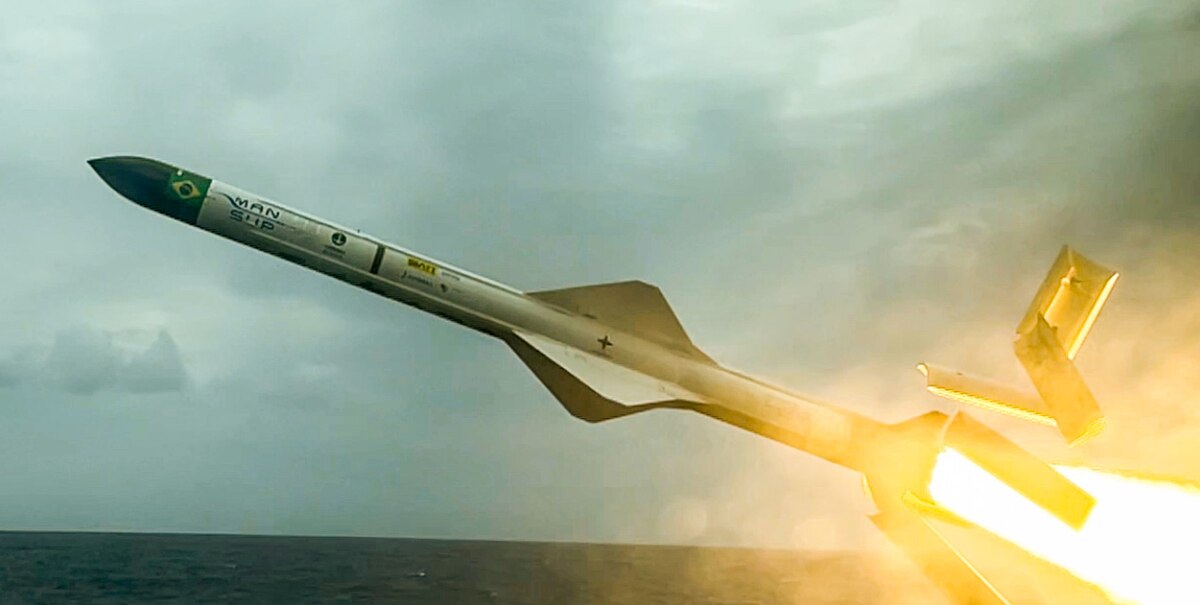Future of Indian Armed Forces is going to be full-on Net Centric. Ultra long range BrahMos would be either
guided by our space based assets or even by our in-development HAPS. HAPS also would be more survival as any peer level enemy would destroy most of our space based satellites.
guided by our space based assets or even by our in-development HAPS. HAPS also would be more survival as any peer level enemy would destroy most of our space based satellites.

